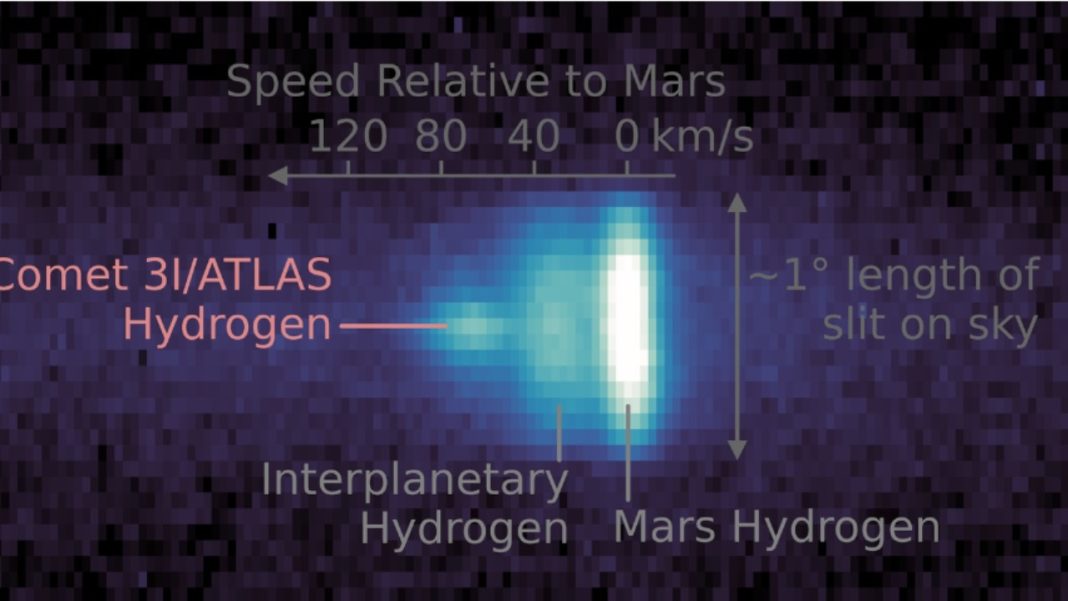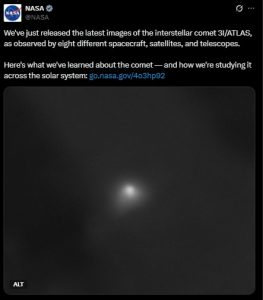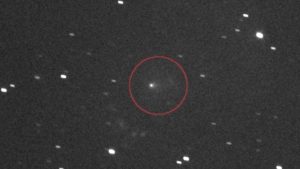NASA Captures Stunning Images of Ancient Interstellar Comet
NASA has released unprecedented images of 3I/ATLAS, an interstellar comet older than our solar system, captured by more than a dozen spacecraft across the solar system. This marks the most comprehensive observation of a visitor from beyond our cosmic neighborhood.
Key Takeaways
- 3I/ATLAS is an interstellar comet predating our solar system
- Over a dozen NASA spacecraft contributed to the observation campaign
- Closest Earth approach expected on December 19 at 170 million miles
- First intentional imaging of an interstellar object by solar-focused missions
Multi-Spacecraft Observation Effort
The comet was first detected in July by an ATLAS telescope in Chile. Its unusual trajectory immediately confirmed its interstellar origins, prompting NASA to coordinate observations across multiple missions.
Mars-based assets provided particularly valuable data. During its closest approach to Mars this fall, the Mars Reconnaissance Orbiter captured detailed views from just 19 million miles away. Meanwhile, MAVEN recorded ultraviolet spectral data and Perseverance managed surface observations.
Solar Missions Break New Ground
NASA’s STEREO and the joint ESA-Nasa SOHO mission captured clear images when the comet passed behind the Sun from Earth’s perspective. New frames from NASA’s PUNCH mission reveal the comet’s tail stretching across the heliosphere.
This represents the first time solar-focused missions have intentionally photographed an object from outside our solar system, marking a significant milestone in interstellar observation.
Expanding the Cosmic Gallery
The observation campaign extended across the solar system. NASA’s Psyche spacecraft took four images over eight hours from 33 million miles, while the Lucy mission captured detailed structure in the comet’s coma and tail from 240 million miles away.
In August, Hubble, James Webb Space Telescope, and SPHEREx mission contributed high-resolution and spectral images, making 3I/ATLAS one of the most extensively documented interstellar objects in history.
The comet will make its closest approach to Earth on December 19 at approximately 170 million miles. Scientists anticipate continued observations as 3I/ATLAS moves through our solar system, eventually passing Jupiter’s orbit in spring 2026.






